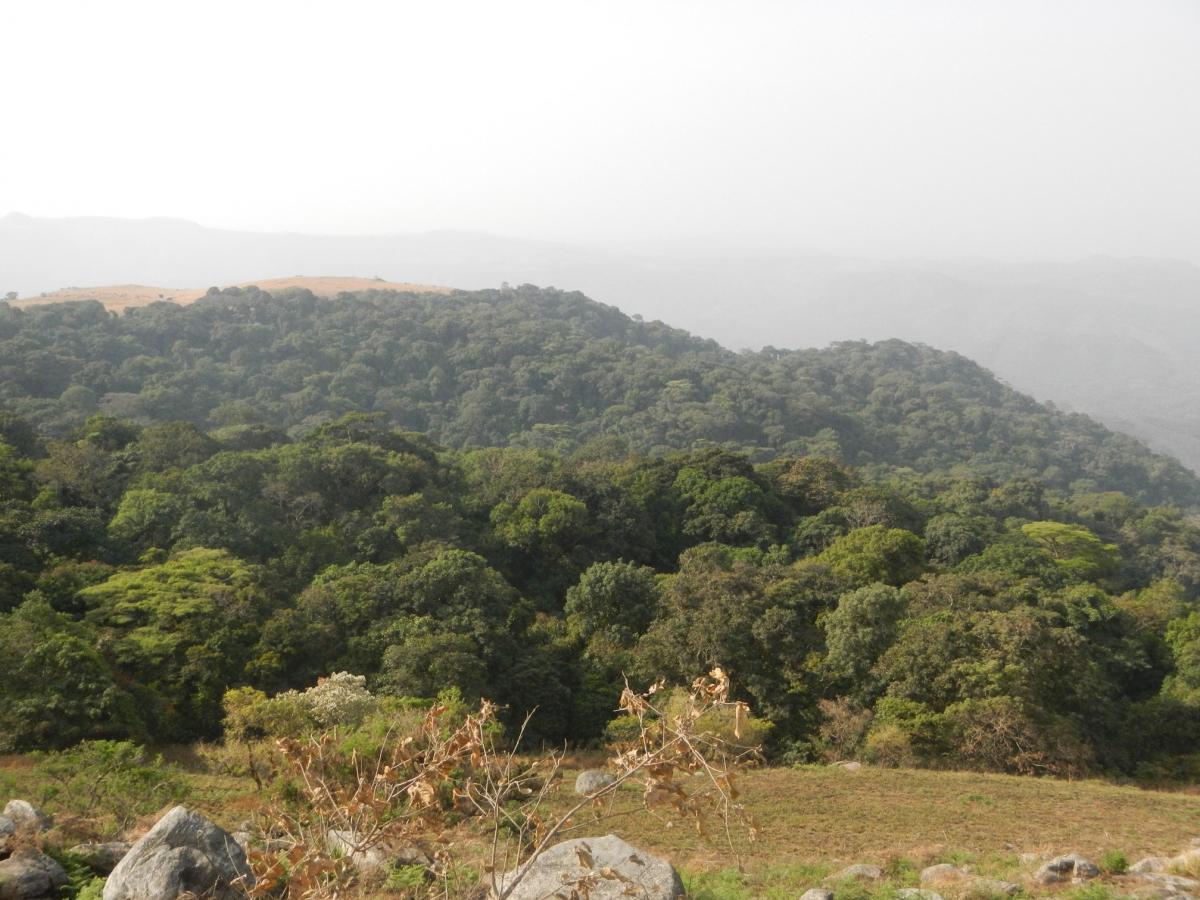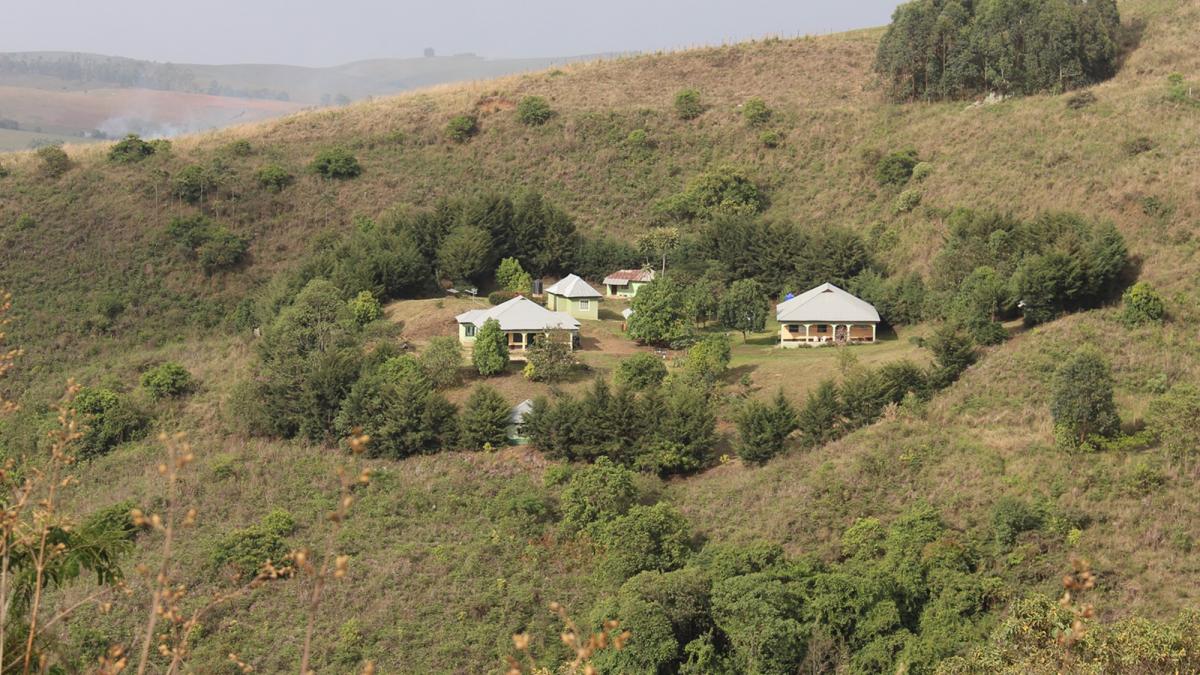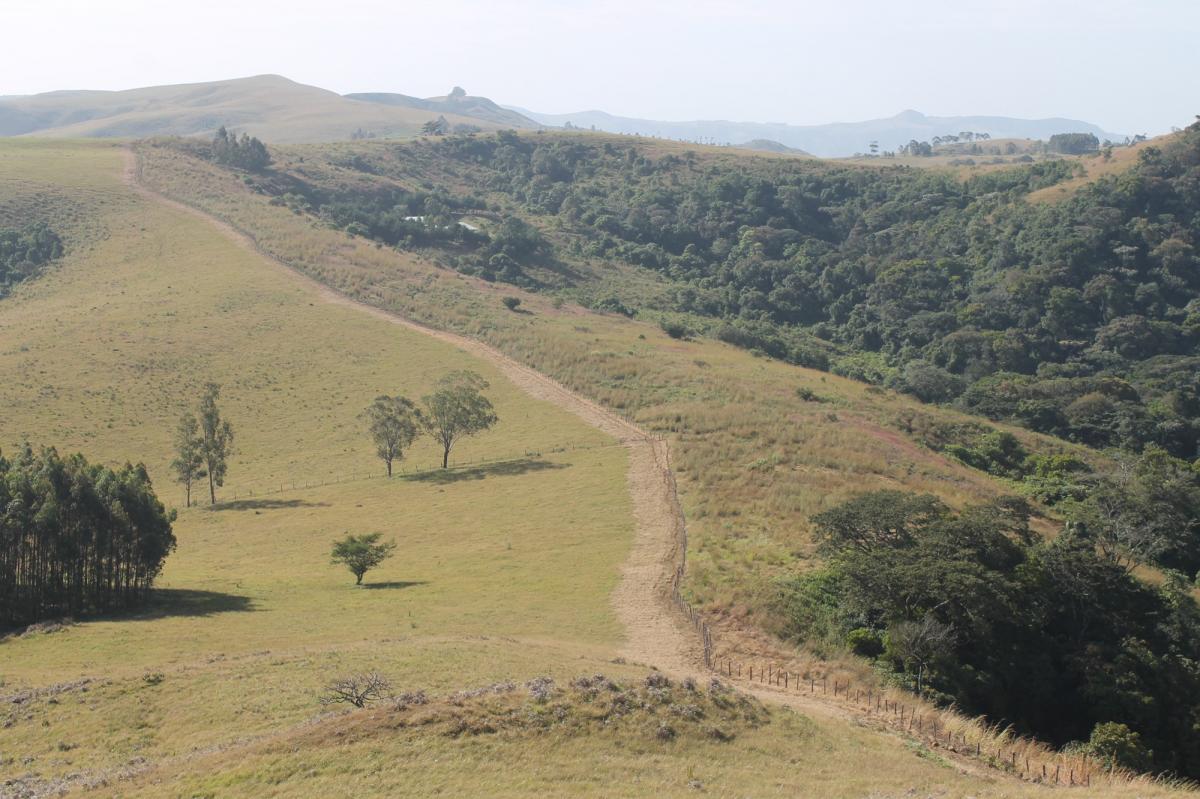Spotlight Series: Iveren Abiem and the Afromontane forest of Ngel Nyaki
Iveren (Ivy) Abiem is a PhD candidate at the University of Canterbury in Christchurch, New Zealand and a member of Hazel Chapman’s lab. She is also an Assistant Lecturer at University of Jos, and a Principal Investigator of the Ngel Nyaki Forest Dynamics Site (both in Nigeria). In this latest installment of ForestGEO’s Spotlight Series, we learn about Iveren’s career path, her commitment to community-inclusive forest ecology, the unique composition of the Ngel Nyaki research plot.
When did you realize you wanted to work in forest ecology?
I think I have always wanted to do science—to understand the workings of the world around me. I liked biology from the get-go and became partial to ecology because I enjoyed studying life in the natural environment. So, after a bachelor’s degree in plant science at University of Jos, I enrolled for a master’s programme (also at the University of Jos) in conservation biology. A one-month Tropical Biology Association field course in Amani Nature Reserve, Tanzania sparked my interest in forest ecology. After completing my master’s degree I met Hazel Chapman, founder and director of the Nigerian Montane Forest Project. When she received funding to establish a ForestGEO plot at Ngel Nyaki she hired me to manage it, which initiated my involvement with the ForestGEO network. I began by visiting the Korup plot where I learned the details of setting up a plot and conducting a census. It was an enjoyable experience for me, and soon after I applied these skills to set up the quadrats and then conduct our first census at Ngel Nyaki.

Faith, Dahiru, Helen, Joel, David, Iveren, Hazel, Abubakar and Comfort
What has been your biggest challenge in getting to this point in your career?
My career is just starting. I am in the final year of my PhD study, and I would say the major challenge is limited funding for research, especially in this field. There is very little national funding for short-term research and hardly any national funding for long-term research.
There are also the sensitive, gender-related challenges—e.g. putting up with assumptions of my inadequacy as a female in a male-dominated profession.
What is the most interesting or unique aspect of your site?
About 20 percent of the Ngel Nyaki plot is covered by grass. It is an Afromontane forest, which typically occur within a grassland matrix. Historical evidence suggests that a combination of the local climate and fire dynamics played a significant role in the structure and dynamics of this forest. How this forest would behave/is behaving in light of human disturbance and changing fire regimes is a key question we are addressing with our long-term data.

grassland-forest boundary, the forest canopy and the almost ever-present fog.
What kind of capacity building opportunities does your site provide for students, early-career researchers, and the local community?
Ngel Nyaki Forest and the Nigerian Montane Forest Project welcomes all. The project employs and trains members from the local community as field assistants. Undergraduate students, postgraduate students, and early-career researchers are welcome to use the plot for their research as long as their objectives are in line with the objectives of having a large forest permanent plot, i.e. it does not disturb the plot in a significant way.

What is your favorite part about your work?
I enjoy working in the forest because there is almost always something new to see. I enjoy the challenge of trying to understand it all; it gets more interesting by the day. I love to teach—to be able to share my knowledge with students is a true blessing. In addition, there is the satisfied feeling of being part of something that seeks to provide a solution to a global problem. I enjoy working with the local community of Ngel Nyaki and lending my voice for the conservation of this amazing place. I am grateful for the networks I am part of. I love that my research interest provides me the opportunity to travel to some amazing places.

reserve (on the right of the fence) where the Ngel Nyaki plot is located and outside of the reserve.
To learn more about Ngel Nyaki, the ForestGEO research site that Iveren manages, check out the below video by Smithsonian Global:
